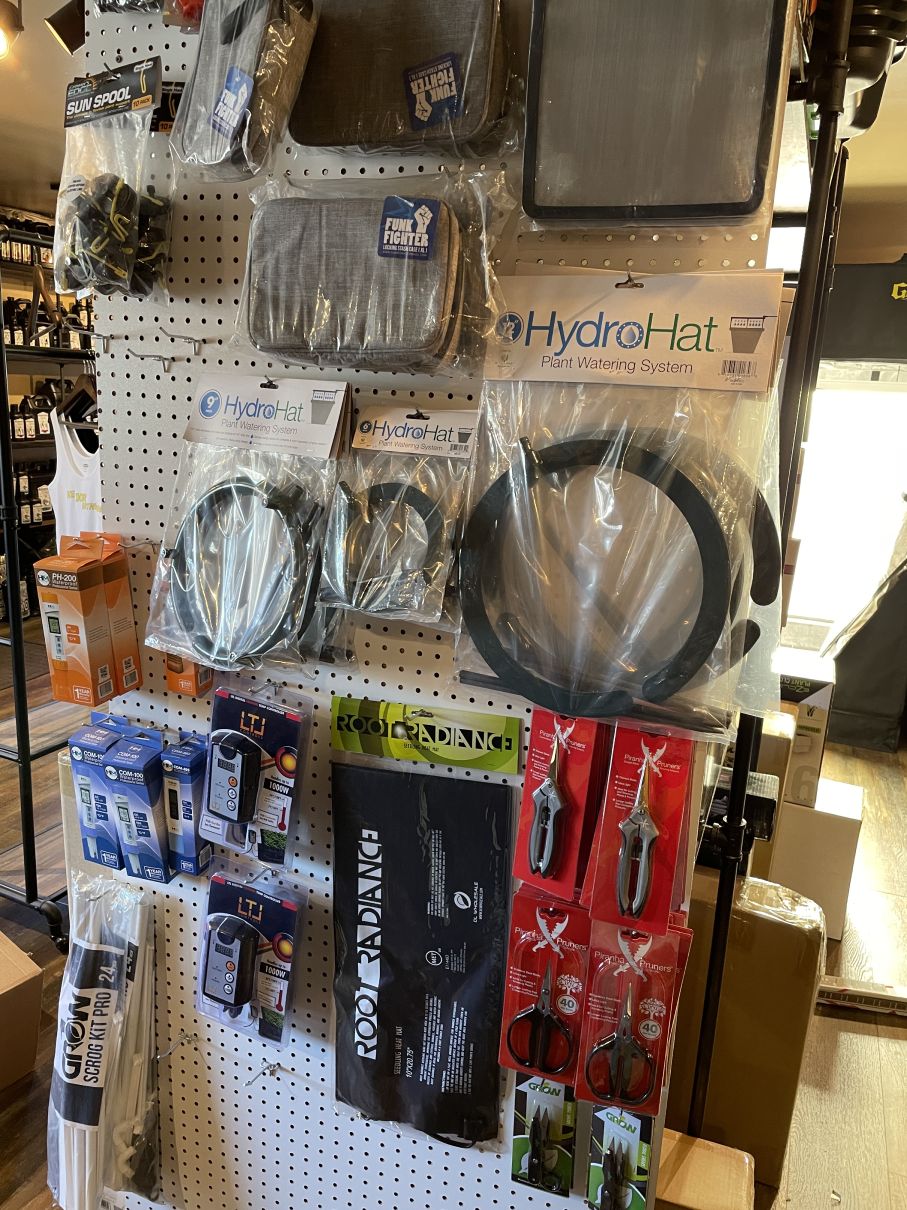Unlocking the Possible of Hydroponics: Understanding Its Utilizes and Various Types
Hydroponics, a technique of growing plants without dirt, has actually garnered increasing interest for its prospective to reinvent farming and cultivation techniques. As we browse via the detailed landscape of hydroponic systems and techniques, it becomes apparent that each method holds distinct advantages and limitations.
Benefits of Hydroponic Systems

One more advantage of hydroponic systems is the capability to expand plants in a smaller sized room. By removing the demand for dirt, plants can be expanded up and down or in piled systems, optimizing the usage of readily available room. This is specifically beneficial in urban areas or areas with minimal arable land. Hydroponic systems reduce the threat of soil-borne conditions and bugs, as there is no dirt to harbor these threats. This leads to much healthier plants and lowers the demand for dangerous chemicals, making hydroponic farming a much more eco pleasant and sustainable option.
Common Uses in Farming

Provided the effective water preservation and space-saving advantages of hydroponic systems, it is evident that these innovative agricultural methods have located common uses in different industries of farming. The regulated environment of hydroponic systems allows year-round cultivation, offering a constant supply of fresh produce no matter of outside climate problems.
Hydroponics is generally made use of for expanding a variety of crops, consisting of leafy environment-friendlies, tomatoes, cucumbers, strawberries, natural herbs, and peppers. Its adaptability extends to upright farming, urban agriculture, and greenhouse manufacturing. Additionally, hydroponic systems are made use of in research and instructional setups to study plant cultivation, growth, and nourishment strategies. The adaptability and effectiveness of hydroponics make it a beneficial tool in contemporary farming, addressing the challenges of sustainability, food safety, and source optimization.
Discovering Various Hydroponic Strategies
Hydroponic systems supply a variety of methods that provide to different plant kinds and cultivation objectives. Furthermore, the Ebb and Circulation system, likewise recognized as the Flood and Drainpipe system, intermittently floodings the plant roots with nutrient remedy, enabling for oxygenation throughout draining durations. Each of these techniques showcases the convenience and efficiency of hydroponic systems in boosting crop development and return.
Comparing Numerous Hydroponic Solutions
Discovering the efficiency and return enhancement methods in hydroponics leads us to contrast various hydroponic systems readily available for crop growing. Each hydroponic system has its one-of-a-kind functions, benefits, and constraints, making it vital for farmers to select one of the most suitable system based upon their specific needs and restrictions.
Among the most typical hydroponic systems is the nutrient movie strategy (NFT), where a slim film of nutrient service continually moves over the plant roots. This system is prized for its water effectiveness and viability for expanding leafy basics eco-friendlies and natural herbs. On the other hand, the deep water society (DWC) system submerges plant origins directly into the nutrient option, supplying enough oxygen and nutrients. The DWC system is economical and reasonably easy, making it a prominent choice for novices.
One more popular hydroponic system is the ebb and circulation (or flooding and drain) system, which occasionally floodings the plant origins with nutrient service prior to draining it. By comprehending the distinctions between these hydroponic systems, growers can make enlightened choices to take weblink full advantage of crop return and top quality.
Advancements in Hydroponic Innovation
One vital development is the growth of smart hydroponic systems that use sensing units and automation to check and readjust ecological problems such as pH levels, nutrient concentrations, and light direct exposure in real-time. These systems make it possible for precise control over growing conditions, leading to ideal plant development and higher plant yields.
One more significant innovation is the integration of vertical farming strategies with hydroponic systems, permitting the cultivation of crops in stacked layers. This vertical method maximizes space usage, making it optimal for metropolitan atmospheres where land accessibility is restricted - The Indoor Earthworm. Furthermore, the usage of sophisticated LED lights systems customized to certain plant demands has improved energy efficiency and enhanced development prices in hydroponic arrangements
Advancements like these are driving the development of hydroponics, making it a sustainable and highly eye-catching choice for modern farming.
Verdict
Finally, hydroponics offers countless advantages in agriculture and has numerous methods and systems that can be utilized to optimize its capacity. Innovations in hydroponic modern technology continue to improve performance and sustainability in food production. By recognizing the usages and different kinds of hydroponic systems, farmers and farmers can unlock the complete capacity of this cutting-edge technique of expanding plants without soil.
Additionally, hydroponic systems enable for better control over nutrient degrees, pH balance, and ecological conditions, leading to healthier plants and greater yields.
